Retro Replay Review
Gameplay
Persona 2: Tsumi – Innocent Sin builds on the turn-based JRPG framework established in the original Persona, blending traditional dungeon exploration with a distinct social and negotiation system. Players navigate Sumaru City’s streets and sprawling dungeons from an angled overhead perspective, rotating the camera to uncover hidden paths and secret rooms. Combat encounters are triggered at random, offering a steady stream of battles that test party composition and the judicious use of each character’s unique weapon.
(HEY YOU!! We hope you enjoy! We try not to run ads. So basically, this is a very expensive hobby running this site. Please consider joining us for updates, forums, and more. Network w/ us to make some cash or friends while retro gaming, and you can win some free retro games for posting. Okay, carry on 👍)
Central to the gameplay is the refined demon negotiation system. Rather than relying solely on stat grinding, you engage in conversations with hostile demons to recruit them or obtain valuable Tarot cards. Dialogue choices now feel more purposeful, with clearer response cues and predictable outcomes, making every negotiation a mini-game of persuasion. Collected Tarot cards can later be taken to the Velvet Room, where you fuse new Personae that bestow spells, skills, and stat boosts—an addictive cycle of recruitment, fusion, and growth.
Another standout mechanic is the rumor system, which transforms city gossip into reality. By spreading specific rumors through NPCs, you can shape the world around you—unlocking shortcuts, summoning rare items, or even altering dungeon layouts. This feature not only serves as a clever puzzle element but also reinforces the game’s overarching theme of belief shaping truth. Players who enjoy experimenting with emergent systems will find the rumor mechanic endlessly entertaining.
Graphics
Released on the original PlayStation, Innocent Sin exhibits a charming blend of 2D character portraits and early 3D environments. Town locales and dungeon corridors are rendered with a slightly muted color palette, evoking the eerie atmosphere of a city under a supernatural curse. Character sprites are expressive in battle, and the richly detailed backgrounds add layers of moodiness to each scene.
Dungeons present a noticeable step up from its predecessor, thanks to polygonal geometry and a rotatable camera that enhances immersion. While walls and textures may appear blocky by modern standards, the game’s art direction effectively conveys a sense of melancholic urban sprawl. The contrast between bright, neon-lit street signs and shadowy alleyways reinforces the duality of everyday life and hidden danger.
Cutscenes and dialogue portraits are beautifully illustrated in a distinctive anime style that’s become synonymous with the Persona series. Facial expressions shift dramatically during key narrative moments, drawing players deeper into the characters’ emotional journeys. Though lacking the polish of high-definition remasters, Innocent Sin’s visuals retain a nostalgic allure and a unique aesthetic that fans of retro JRPGs will appreciate.
Story
Set a few years after the events of Persona, Innocent Sin plunges Sumaru City into chaos when a mysterious figure known as the Joker curses its residents. Rumors swirl that the Joker can grant any wish—or punish those who fail to articulate one—leading to paranoia and fractured relationships. A tightly knit group of high school students takes it upon themselves to unearth the truth behind this enigmatic antagonist.
As the plot unfolds, themes of regret, revenge, and self-discovery emerge. Each protagonist must confront personal traumas and past mistakes embodied by their Personas, lending narrative weight to the dungeon-crawling segments. Story pacing strikes a careful balance between lighthearted school-life interactions and darker supernatural confrontations, ensuring players remain emotionally invested throughout the journey.
The rumor system also plays a role in storytelling, as spreading certain gossip can trigger side events or reveal hidden lore about NPCs. This mechanic not only deepens the world-building but encourages exploration and replayability. Unexpected plot twists and moral ambiguity keep the narrative from growing too predictable, culminating in a finale that challenges your notions of innocence, guilt, and the power of one’s own convictions.
Overall Experience
Persona 2: Innocent Sin offers a rich blend of strategic combat, character-driven storytelling, and world-shaping mechanics that still feel fresh decades after its initial release. While the graphics show their age, the game’s art direction and memorable soundtrack more than compensate, immersing players in a hauntingly beautiful rendition of urban Japan. The balance between social simulation and dungeon exploration keeps the gameplay loop engaging from start to finish.
Some modern players might find the random battles and occasional backtracking a bit archaic, but dedicated fans of classic JRPGs will likely embrace these elements as part of the genre’s charm. The demon negotiation and rumor systems add layers of depth that reward experimentation, and the Persona fusion mechanics remain as addictive as ever. Translation quality is solid, with dialogue that captures the personalities of the cast without losing nuance.
Overall, Innocent Sin stands as a testament to Atlus’s innovative approach to role-playing games. It may require patience for those unaccustomed to its older mechanics, but its compelling narrative and strategic systems make it a must-play for genre enthusiasts. Whether you’re revisiting it on original hardware or exploring it for the first time via a re-release, Persona 2: Tsumi – Innocent Sin remains a uniquely rewarding RPG experience.
 Retro Replay Retro Replay gaming reviews, news, emulation, geek stuff and more!
Retro Replay Retro Replay gaming reviews, news, emulation, geek stuff and more!
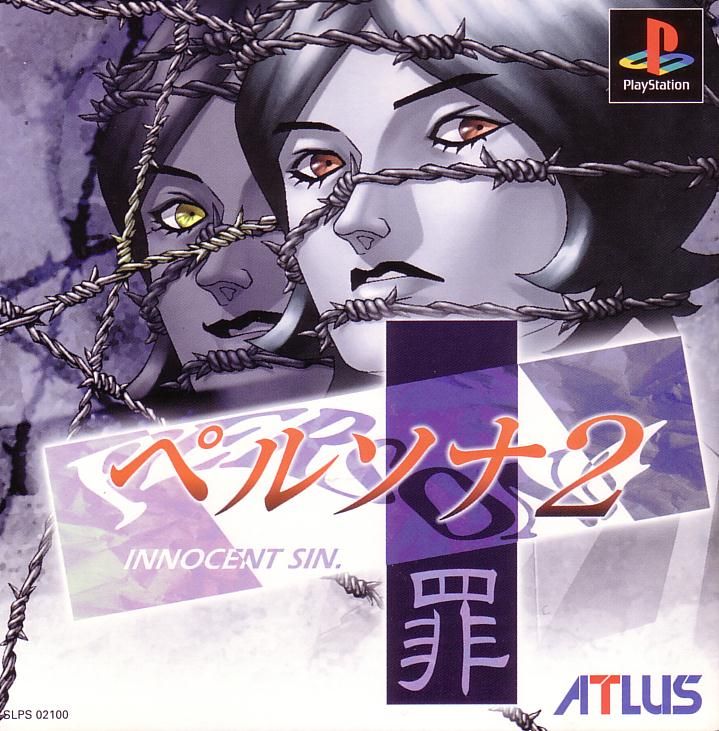
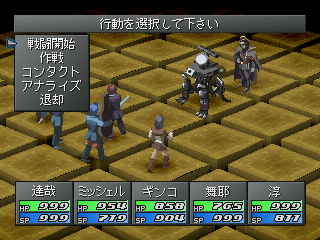
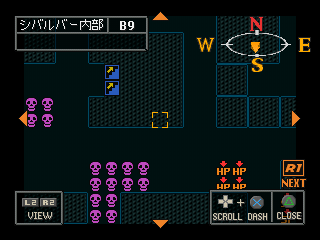

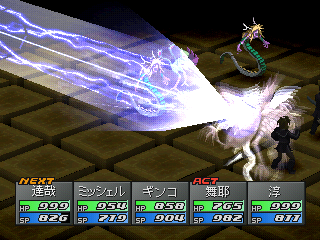
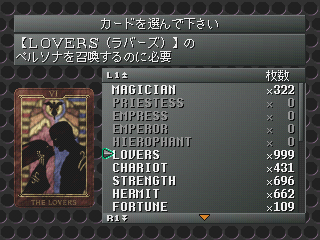



Reviews
There are no reviews yet.